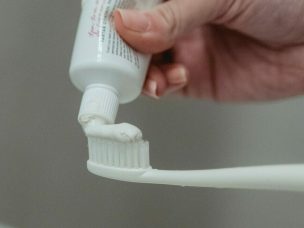When it comes to exacerbated asthma symptoms, the home environment is one of the strongest determinants. The presence of agitating factors in the home environment, including dust, mold, cigarette smoke, and others, can compound over time, yielding drastically worse results in comparison to patients who are educated and active in reducing their exposure to environmental factors that agitate their asthma.
In a study published in the Canadian Journal of Public Health, a team of researchers sought a systematic comparison of results of a home environment allergen test. The study used a longitudinal cohort of 187 adults with asthma. Sensors measuring humidity and particulate matter presence were used, along with allergy testing and participant self-reporting on their home environment based on a checklist.
These methods allowed the researchers to gather an objective and comprehensive model of the home environment of each patient. Scales were tested using linear regression models, and racial disparities were tested using t-tests.
This study found various impact levels for items on the 7-item, empirically weighted scale. The scale demonstrated best performance with the following asthma control associations: evidence of roach/mice, dust, mold, tobacco smoke exposure, properly venting bathroom fan, self-report of roach/mice/rats, and access to a HEPA filter vacuum.
The researchers concluded that the Home Environment Allergen Exposure Scale scores were associated with racial disparities. They suggest that replicating the methods used in populations living in high-risk and low-income housing may provide a better assessment of asthma triggers [1].
Source:
[1] Castner, J., Barnett, R., Moskos, L. H., Folz, R. J., & Polivka, B. (2020). Home environment allergen exposure scale in older adult cohort with asthma. Canadian Journal of Public Health. https://doi.org/10.17269/s41997-020-00335-0










